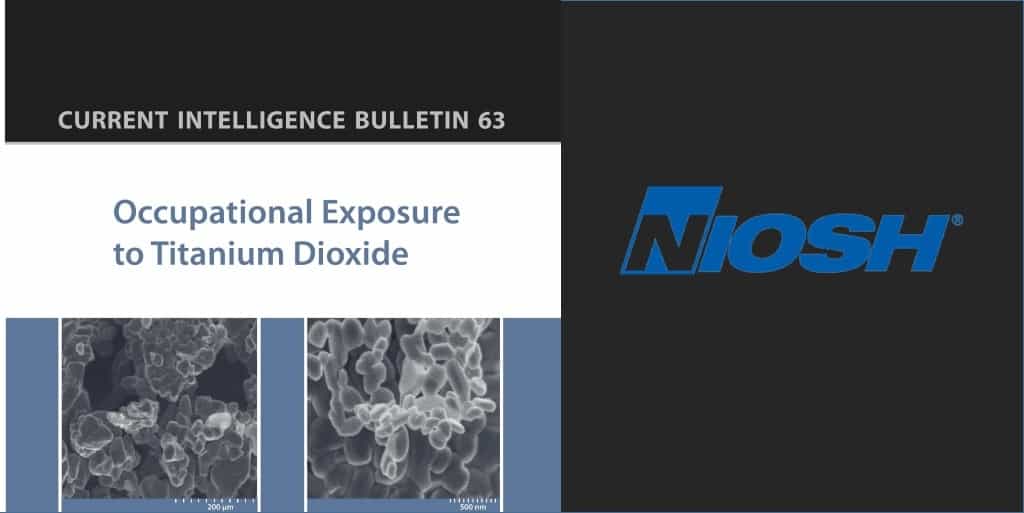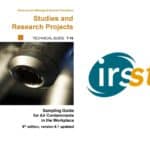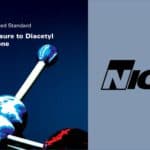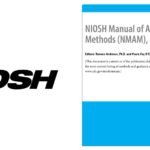
Occupational Exposure to Titanium Dioxide – PDF – NIOSH
In this Current Intelligence Bulletin, the National Institute for Occupational Safety and Health (NIOSH) reviews the animal and human data relevant to assessing the carcinogenicity of titanium dioxide (TiO2) (Chapters 2 and 3), presents a quantitative risk assessment using dose-response data in rats for both cancer (lung tumors) and noncancer (pulmonary inflammation) responses and extrapolation to humans with lung dosimetry modeling (Chapter 4), provides recommended exposure limits (RELs) for fine and ultrafine (including engineered nanoscale) TiO2 (Chapter 5), describes exposure monitoring techniques and exposure control strategies (Chapter 6), and discusses avenues of future research (Chapter 7).
This report only addresses occupational exposures by inhalation, and conclusions derived here should not be inferred to pertain to nonoccupational exposures.
TiO2 (Chemical Abstract Service [CAS] Number 13463–67–7) is a noncombustible, white, crystalline, solid, odorless powder. TiO2 is used extensively in many commercial products, including paints and varnishes, cosmetics, plastics, paper, and food as an anticaking or whitening agent. Production in the United States was an estimated 1.45 million metric tons per year in 2007 [DOI 2008].
The number of U.S. workers currently exposed to TiO2 dust is not available. TiO2 is produced and used in the workplace in varying particle size fractions including fine (which is defined in this document as all particle sizes collected by respirable particle sampling) and ultrafine (defined as the fraction of respirable particles with a primary particle diameter of <0.1 μm [<100 nm]).
Particles <100 nm are also defined as nanoparticles. The Occupational Safety and Health Administration (OSHA) permissible exposure limit for TiO2 is 15 mg/m3, based on the airborne mass fraction of total TiO2 dust (Chapter 1).
In 1988, NIOSH recommended that TiO2 be classified as a potential occupational carcinogen and that exposures be controlled as low as feasible [NIOSH 2002]. This recommendation was based on the observation of lung tumors (nonmalignant) in a chronic inhalation study in rats at 250 mg/m3 of fine TiO2 [Lee et al. 1985, 1986a] (Chapter 3).
Occupational Exposure to Titanium Dioxide – NIOSH – PDF




